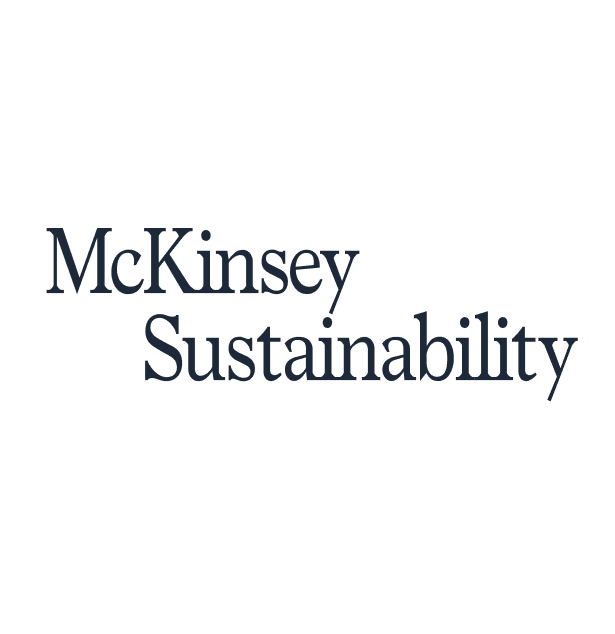Action Library
A comprehensive collection of decarbonization resources
100+ decarbonization expert action guides and case studies, with business & implementation details
Action Type
Quick Wins
Action Area

Designing a supplier engagement program
Develop supplier engagement plans for Scope 3 upstream decarbonization by securing buy-in, segmenting, tailoring engagement, and supporting the decarbonization journey of suppliers
 BCG
BCG
Reduce enteric fermentation emissions from ruminant animals
Reduce enteric fermentation emissions from ruminant animals by improving feed quality, animal productivity, and using dietary additives
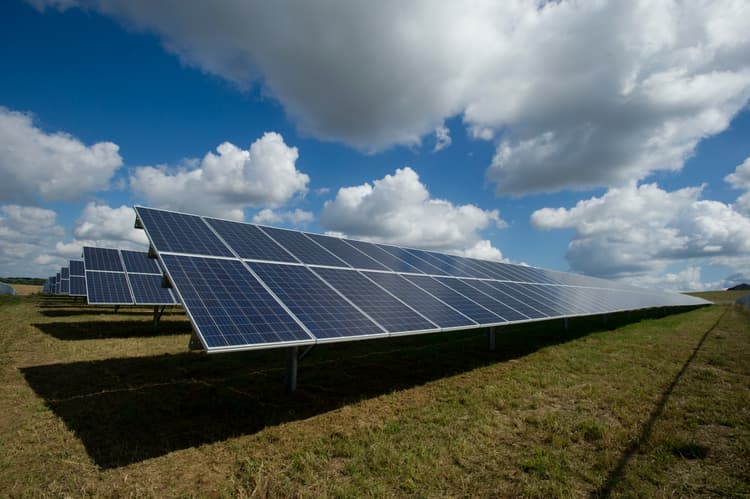
Opt for mixed land use to generate clean energy
Mixed land use provides an opportunity to generate renewable energy while improving land productivity and enhancing livestock welfare
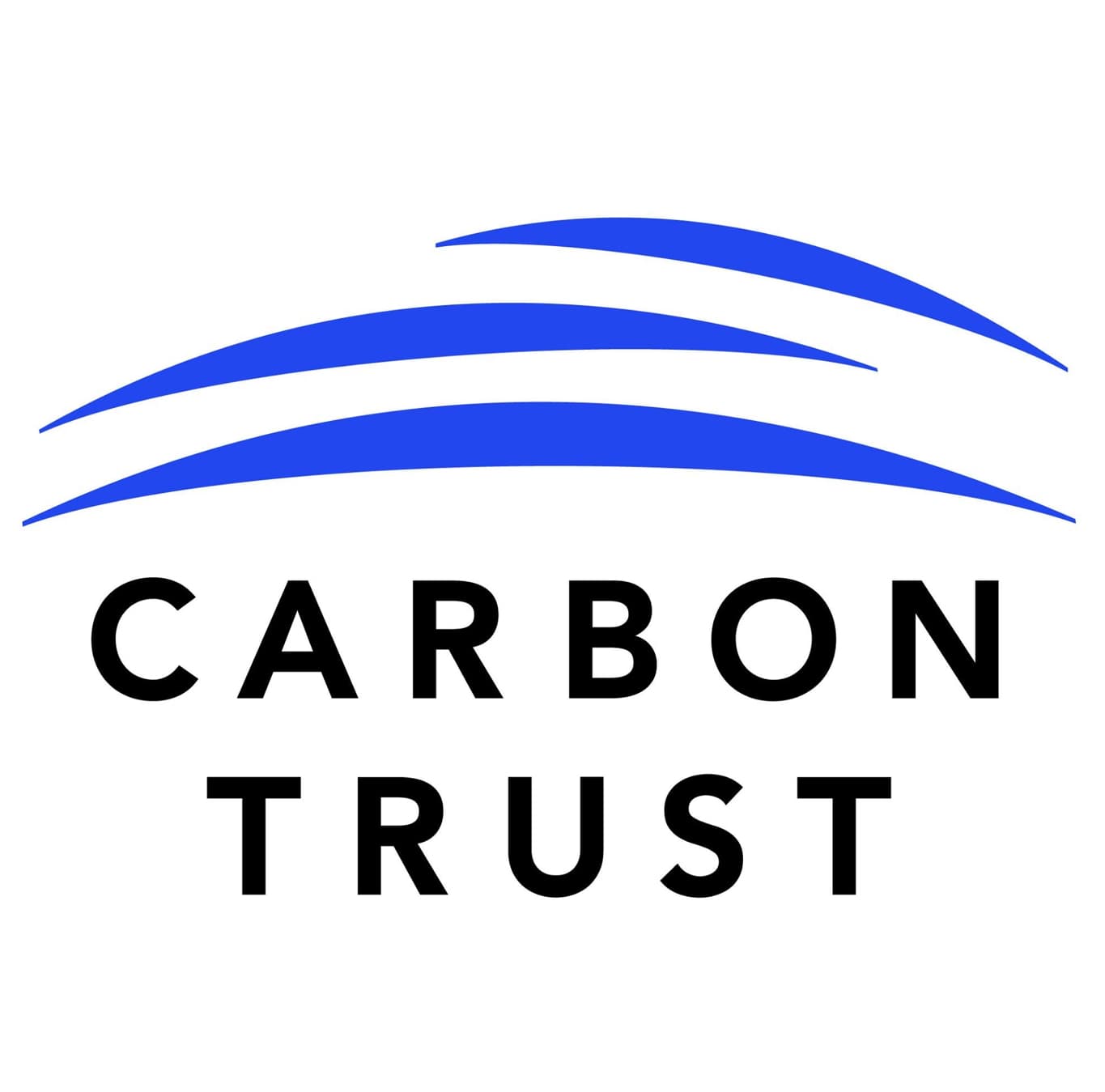 The Carbon Trust
The Carbon Trust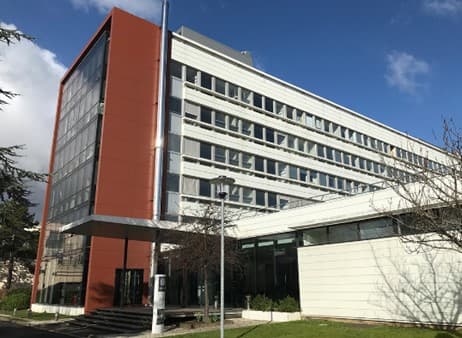
Geothermal energy to decarbonize warehouses and offices
Shallow geothermal, also called geoenergy, significantly reduces CO2 emissions to heat and cool buildings, and reduces energy consumption and operational costs

Sorting and recycling technologies for paper and textile
Adopting sorting technologies combined with improved design and better integration of recovered paper into manufacturing processes can reduce GHG emissions improving resource efficiency.
 Forest Solutions Group
Forest Solutions Group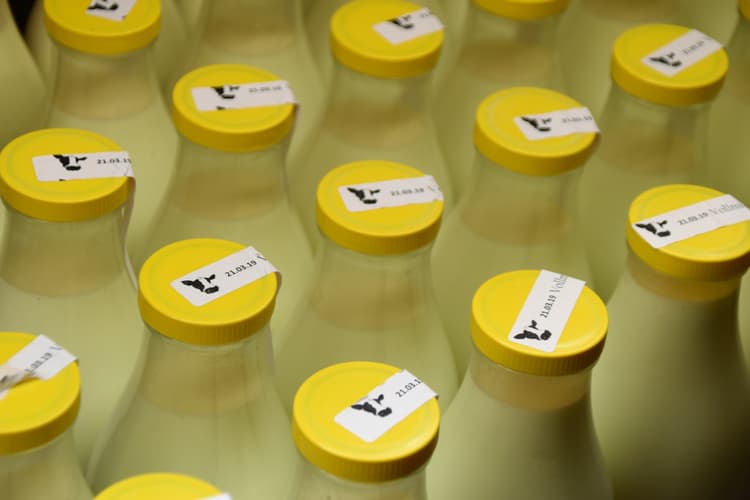
Incentivize regenerative agriculture in dairy production
Support the transition into a sustainable and regenerative milk production by implementing programs to encourage, technically support, and renumerate dairy farmers.
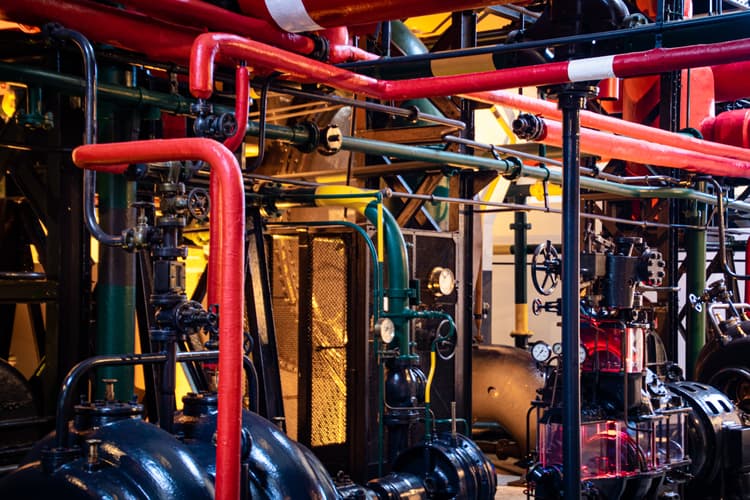
Reduction of fuel oil through hydrogen substitution
By retrofitting an oil-fired lime kiln, the Pacífico pulp mill aims to reduce fuel oil consumption and GHG emissions by using residual hydrogen from a nearby sodium chlorate plant.
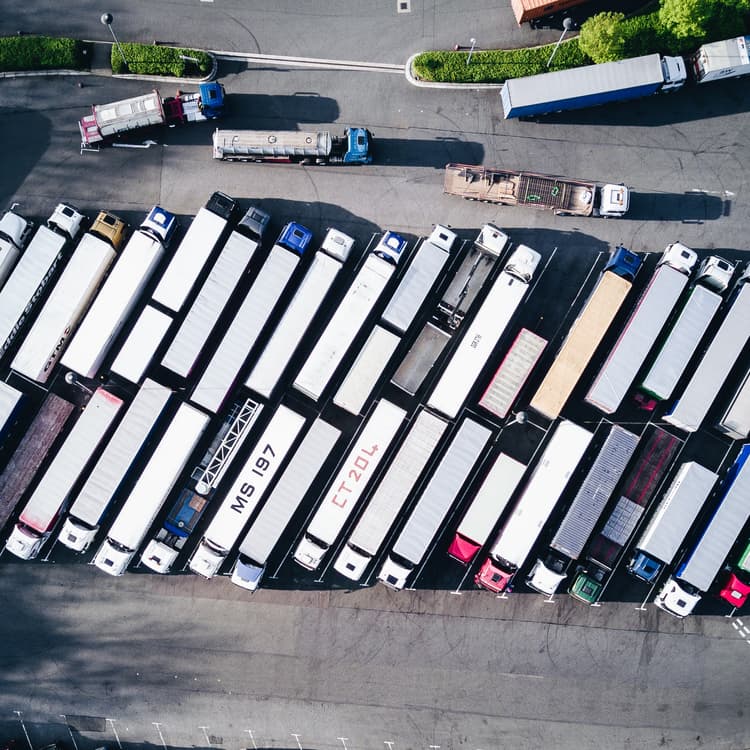
Switch from ICE to BEV trucks in transportation
A switch from ICE to BEV trucks in transportation, using electric motors, can reduce direct fuel combustions emissions from fossil fuels

Use organizational enablers to support sustainability goals
Companies can achieve sustainability goals by implementing effective organization-wide operating model enablers, including governance, KPIs and incentives, technology and data etc.
 BCG
BCG
Raise capital for climate investments through green bonds
Green bonds is a broad term for the raising and use of debt specifically for decarbonization or sustainability-related efforts
 BCG
BCG
Switch to alternative proteins in commercial food production
Commercial food producers can adopt meat alternatives by sourcing proteins from plants, fermentation, or cultivated animal cells to reduce emissions from animal-based foods
 BCG
BCG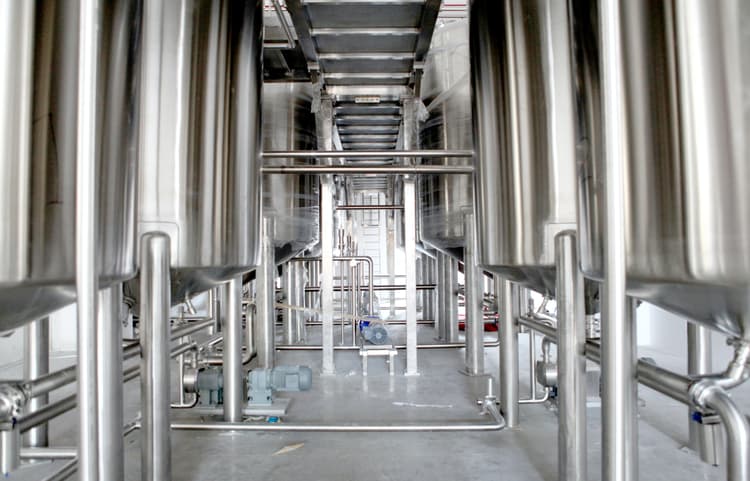
Invest in innovative pulping and paper making technologies
Adopting technologies that are more efficient than conventional methods will reduce GHG emissions from fuel combustion, and reduce the energy inputs associated with paper production
 Forest Solutions Group
Forest Solutions Group
Advancing decarbonization requirements in procurement
Decarbonize procurement by defining requirements tailored to: supplier context, timing in negotiation, desired inputs/outcomes, degrees of fulfillment, rewards/penalties, and scale
 BCG
BCG
Adopt smart storage solutions to reduce food waste
Around 13% of food loss occurs due to inadequate refrigeration; sustainable cold chains can reduce emissions and increase revenue by keeping perishable items fresher for longer.
 The Carbon Trust
The Carbon Trust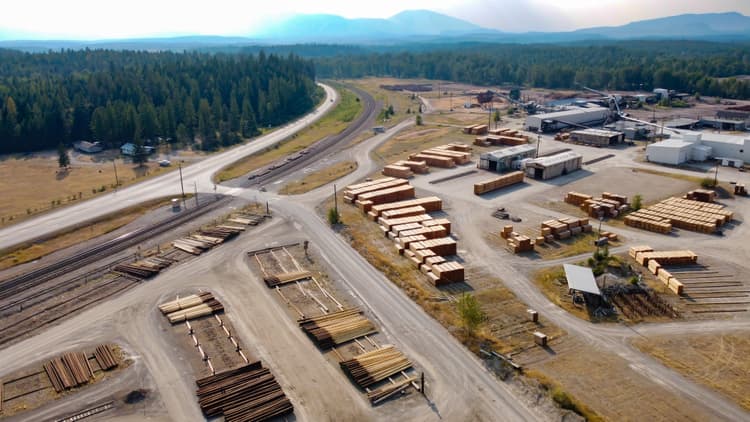
Adopt heat recovery technologies in the sawmill
Adopting heat recovery technologies in the sawmill can increase efficiency and reduce heat loss which saves energy, reduces fuel combustion and emissions associated with operations.
 Forest Solutions Group
Forest Solutions Group
Transition to a just, net-zero, and nature positive economy
Addressing the climate emergency and nature loss is impossible without putting people at the center and ensuring a just transition that is equitable and inclusive for all.
 WBCSD
WBCSD
Engage employees on decarbonization
Encourages individuals to calculate and track their carbon footprint through a dedicated app, while motivating behavioral change
 Swiss Re
Swiss Re
TESTReduce rice cultivation emissions via integrated methods
Integrated approaches for more sustainable rice cultivation significantly reduce methane (CH4) emissions while also generating positive impacts for nature and farmer livelihoods.
 WBCSD
WBCSD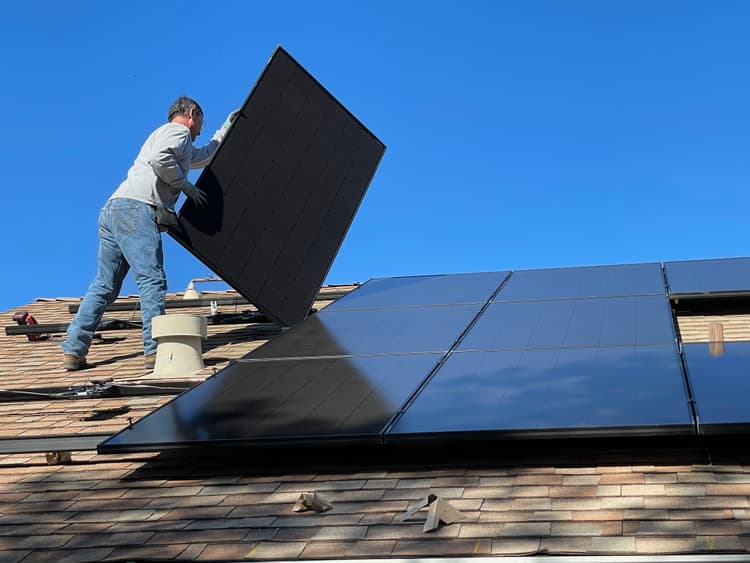
Switch to solar energy with rooftop photovoltaics
A shift in the power mix from coal- and gas-based electricity generation to photovoltaics can substantially reduce related lifecycle emissions

Creating financial incentives for suppliers
Supplier decarbonization can be incentivized financially or non-financially. Understanding supplier context and related benefits and risks is key for implementation.
 BCG
BCG
Opt for electric medium temperature heating systems
Electrifying medium temperature heating systems within industry player’s operations allows for lower operating costs, higher efficiency and lower CO2 emissions

Move from gas to electric low temperature heating systems
Electrifying low temperature heating processes offers higher energy efficiency, lower investment while significantly reducing operational GHG emissions
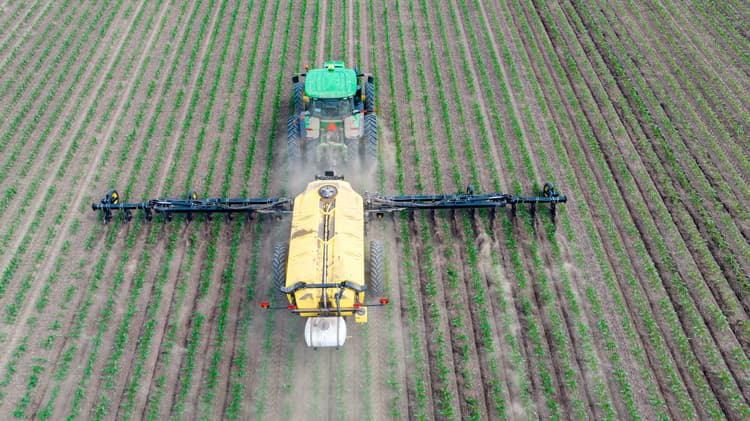
Optimizing nutrient management for reduced on-farm emissions
Companies striving to reduce emissions derived from mineral fertilizers should adopt fertilizer best management practices and Nutrient Use Efficiency (NUE)
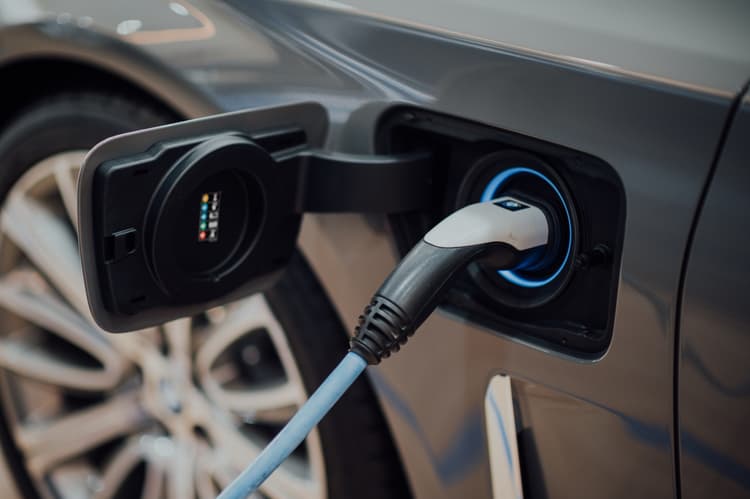
Digital solution to enable e-mobility and optimize processes
This digital solution optimizes SAP's e-mobility network while integrating core business processes, improving efficiency and scalability
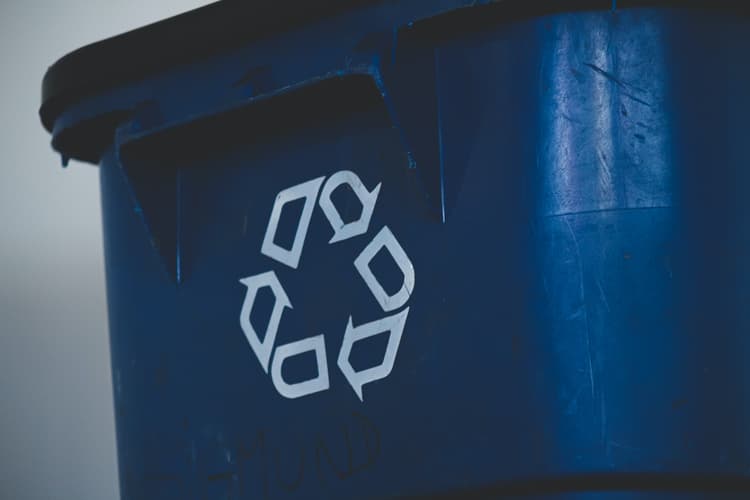
Use of PCR plastics to lower carbon footprint
Replace virgin plastic by using PCR (post-consumer recycled) plastics in products to reduce GHG emissions, conserve natural resources and divert waste from landfills and oceans
 Acer
Acer
Insulation retrofitting for buildings
Retrofitting buildings (residential or commercial) with insulation systems can reduce associated lifecycle emissions and save annual utility payments

Transforming sewage sludge into agricultural fertilizer
Transforming waste water treatment plants sludge into fertilizer, called biosludge, for planting or restoring pastures
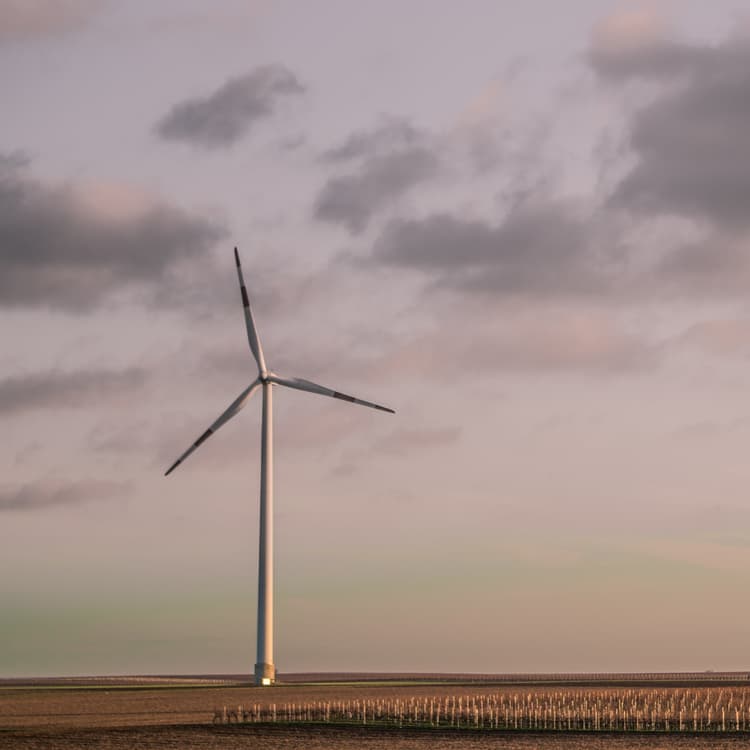
Opt for onshore wind electricity generation
A switch from coal -and gas- based electricity generation to onshore wind can reduce related lifecycle emissions while enabling cost efficient electricity generation

Net Zero by portfolio carbon accounting and target setting
CTBC Holding adopted the PCAF methodology to assess portfolio emissions and set up near- and long-term SBTi carbon reduction targets to enable a pathway toward Net Zero by 2050

Harness green hydrogen for ammonia generation
Green hydrogen as an efficient and economically viable decarbonization solution for industrial use, reducing natural gas requirements and GHG emissions
 Iberdrola
Iberdrola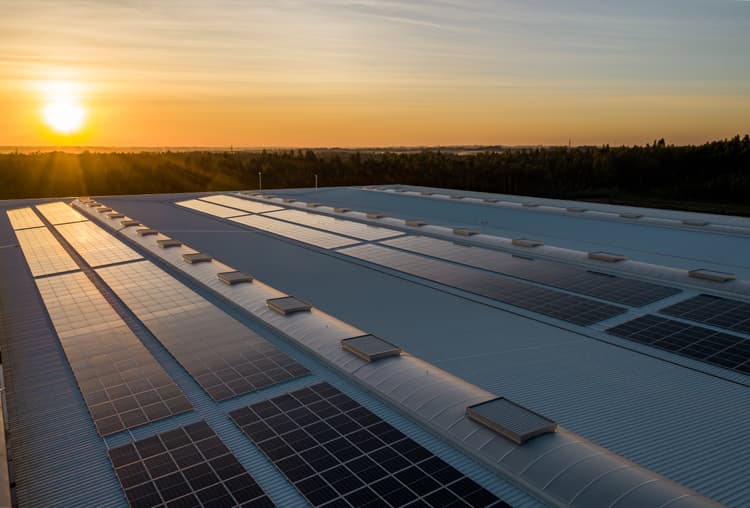
Opt for solar thermal water heating
Installing solar thermal can reduce the indirect use phase carbon dioxide emissions in water heating, with the potential varying with climate conditions.

Switch from ICE to BEV passenger vehicles
Switching to battery electric vehicles (BEVs) is an alternative to internal combustion engines (ICEs) which can reduce direct fuel combustion emissions from fossil fuels

Decarbonize low-temperature heating using heat as a service
Heat as a service (HaaS) enables companies to source sustainable heat through a long-term contract without the need for upfront investment.
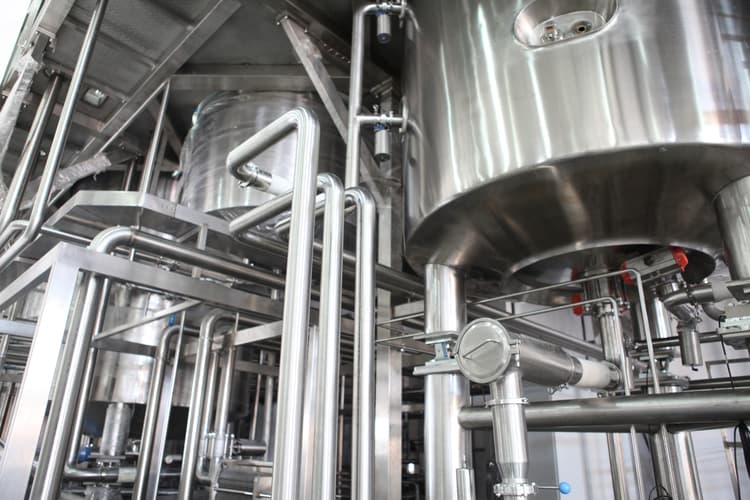
Switch to industrial electric boilers
Electric boilers convert electricity into heat to produce steam, with almost 100% efficiency, reducing the greenhouse gas emissions typically associated with heat production
 Forest Solutions Group
Forest Solutions Group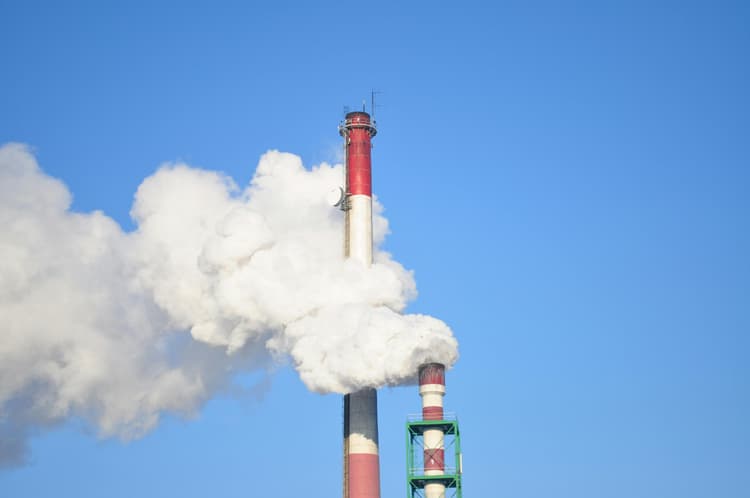
Adopt BECCS technologies
As the pulp and paper industry is the largest industrial consumer of biomass, there are many large sources of biogenic GHG emissions that could be captured with BECSS
 Forest Solutions Group
Forest Solutions Group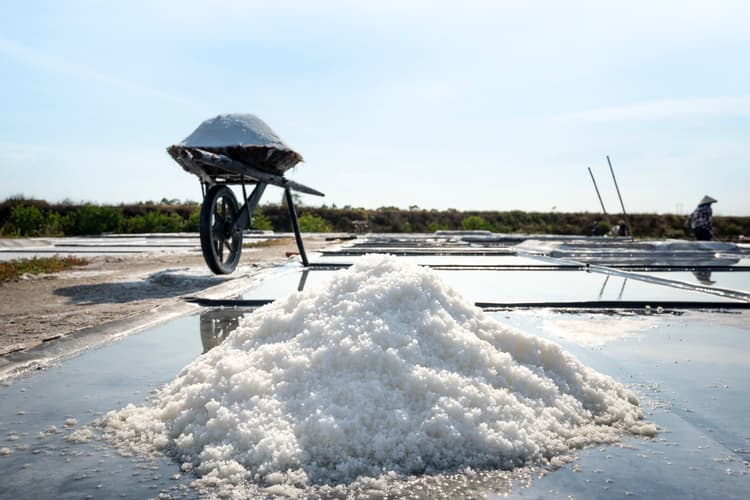
National manufacturing of sodium chlorite using clean energy
Cutting emissions by reducing imports while addressing Scope 2 emissions through the use of clean electrical energy.
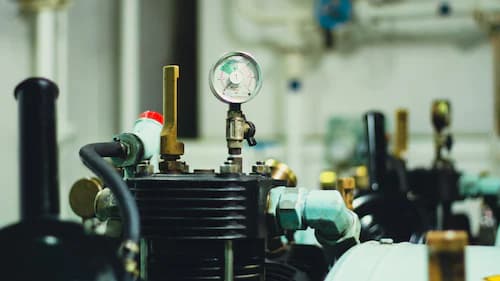
Use an AI air compressor system to reduce energy consumption
To minimize carbon emissions from facility equipment while ensuring production, an adaptive system of air compressors can reduce power consumption per finished good by 41%
 Wistron Corporation
Wistron Corporation
Switch to low-carbon fuels: deep dive on low-carbon hydrogen
Low-carbon hydrogen has several advantages as a fuel, as it does not emit CO2 into the atmosphere when burned and can be stored in large volumes compared to electricity
 Forest Solutions Group
Forest Solutions Group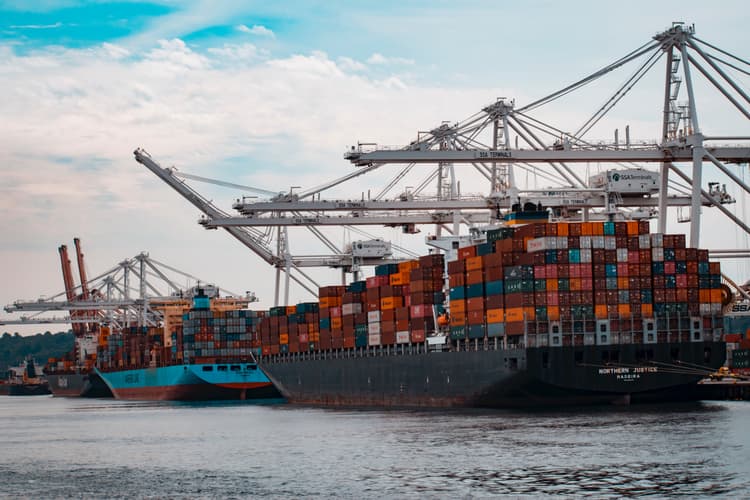
Reduce shipping emissions with renewable fuels & efficiency
Alternative fuels, as well as operational and technological efficiency measures, offer pathways for the shipping industry to meet decarbonization challenges
 BCG
BCG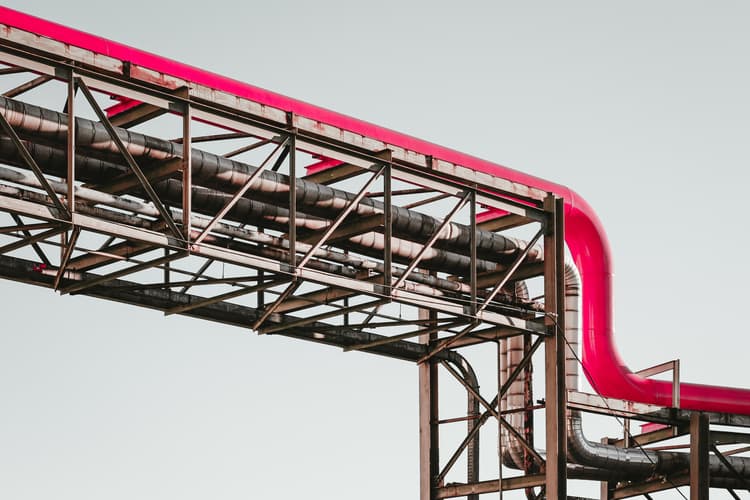
Design and implement SF6-free solutions for the grid
Decrease SF6 emissions by establishing cross-sector partnerships to identify, design, develop and implement SF6-free assets
 National Grid
National Grid
Decarbonize suppliers through a collaborative approach
Decarbonize the supply chain by incentivizing suppliers and collectively building decarbonization capacity, as well as connecting them to CDP
 Philips
Philips
Implement circularity in value chains to reduce emissions
Circular economy approaches in the value chain address inputs, product design, production, and end-of-life activities to increase reuse and recycling of raw materials and products
 BCG
BCG
Maximize waste recovery in the pulp and paper mill
Adopting processes to recover energy from waste, such as black liquor gasification, can lead to higher resource and energy efficiency, while reducing GHG emissions
 Forest Solutions Group
Forest Solutions Group
Switch from diesel to electric in rail transportation
Switching from diesel-powered to electricity-based rail transport can reduce direct fuel combustion emissions from diesel
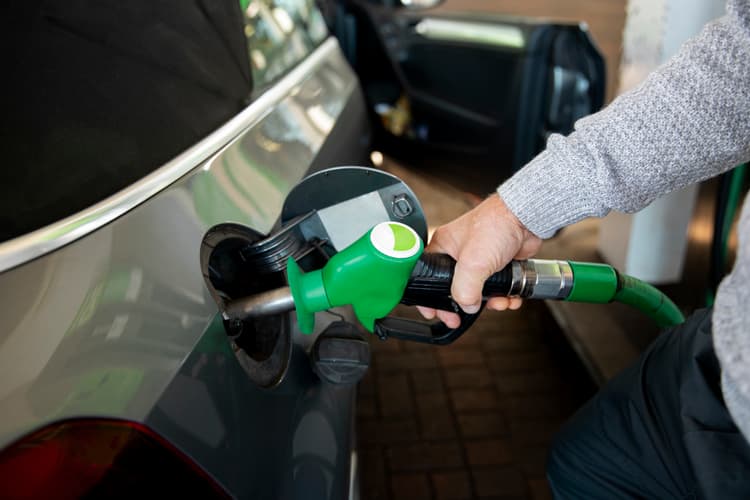
Use of biofuel (ethanol) in light vehicles
With the aim of reducing its GHG emissions related to logistics activities, Iguá sought to use biofuels in the fleet
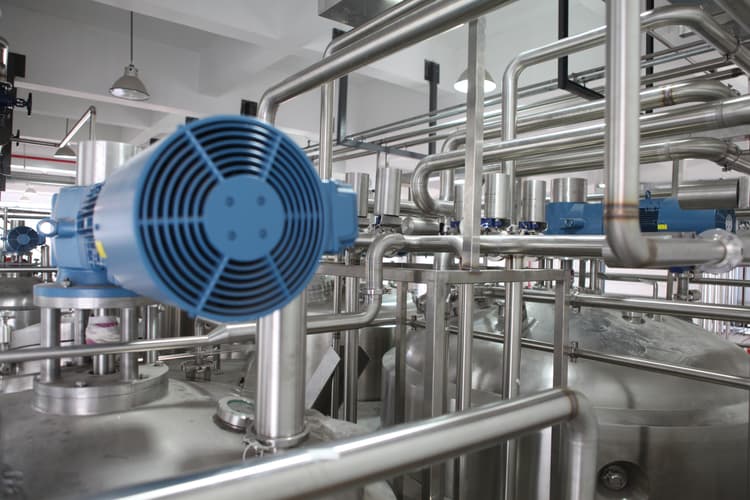
Decarbonize low-temperature industrial heat with heat pumps
Industrial heat pumps generate low-temperature process heat with higher efficiency and lower GHG emissions than conventional fossil fuel heating options.

Prioritizing and implementing decarbonization levers
Choosing the right decarbonization levers for your organization is essential to success. Understand key considerations, methods of lever prioritization, and how to overcome challenges.
 PwC UK
PwC UK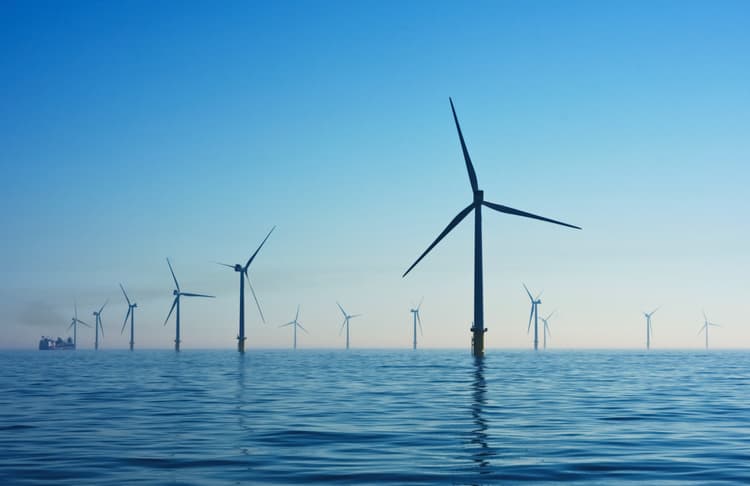
Move to offshore wind electricity generation
Wind offshore electricity generation harnesses higher and more consistent wind speeds and can reduce CO2 emissions compared to coal-based electricity
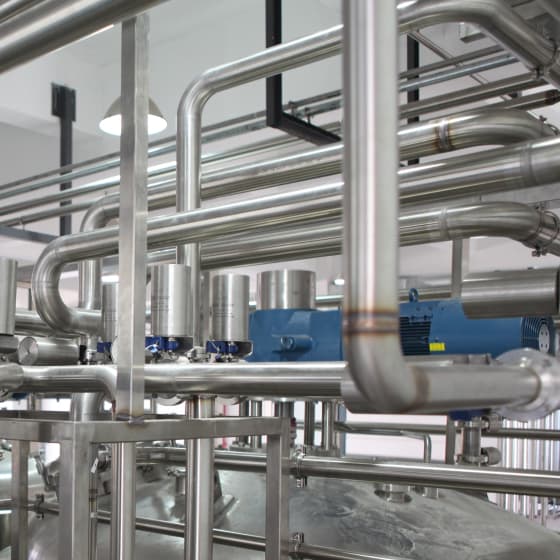
Reduce furnace CO2 emissions with an heat exchanger
Installing a Heat Recovery Tower recovers generated heat and reduces HFO (heavy fuel oil) consumption, reducing costs and with no impact on production
 Unilever
Unilever
Reduce fleet emissions through e-mobility and EV charging
E-mobility solution to optimize EV charging infrastructure and enable all relevant employees to opt for electric company cars to reduce fleet emissions

Switch from ICE to FCEV passenger vehicles
Switching to fuel cell electric vehicles (FCEVs) is an alternative to internal combustion engines (ICEs) to reduce direct fuel combustion emissions from fossil fuels
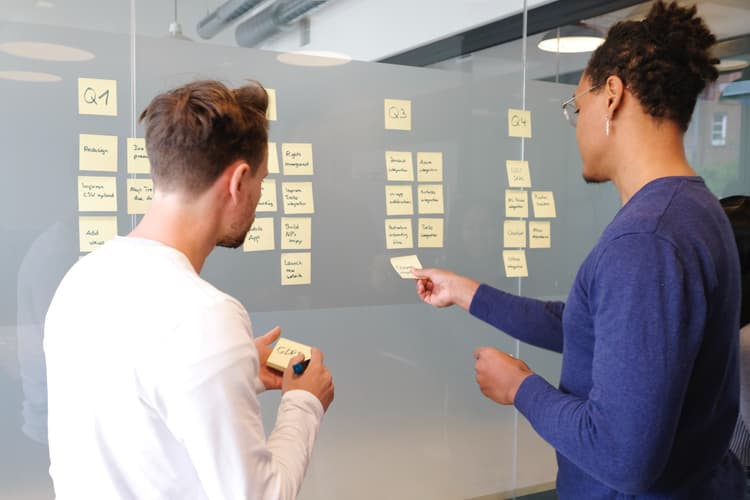
Collaborate with peers to set and meet supplier targets
Decarbonize supply chains by collaborating with peers to set industry-wide supplier targets (e.g., for renewable energy) and help suppliers achieve these by aggregating demand
 BCG
BCG
Implement measures in sustainable working forests
Sustainable forest management is critical for maintaining and increasing carbon removals in working forests, and reducing operational emissions associated with forest production
 Forest Solutions Group
Forest Solutions Group
Improve product environmental footprint with eco-design
Eco-design requirements for energy efficiency and circularity while avoiding the use of hazardous substances and scarce resources in products
 Philips
Philips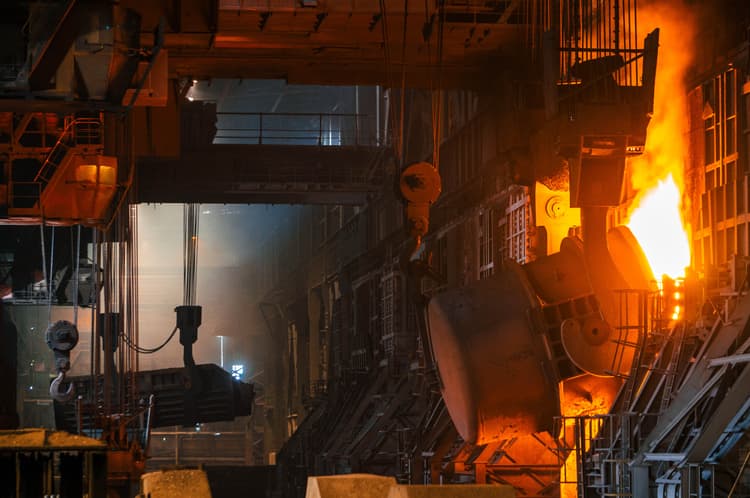
Switch to renewable energy to decarbonize industrial heat
Low- or zero-carbon fuels and renewable energy technologies allow heat-intensive industries to reduce emissions from combustion of fuels (e.g., in manufacturing facilities)
 BCG
BCG
Switch to electric/hybrid boilers in buildings
Installing electric or hybrid boilers for building heating reduces carbon dioxide emissions across all stages of the product life cycle and all GHG scopes

Build with biobased materials
Building with biobased materials instead of CO2 intensive materials like concrete reduces CO2 emissions and energy consumption in buildings.
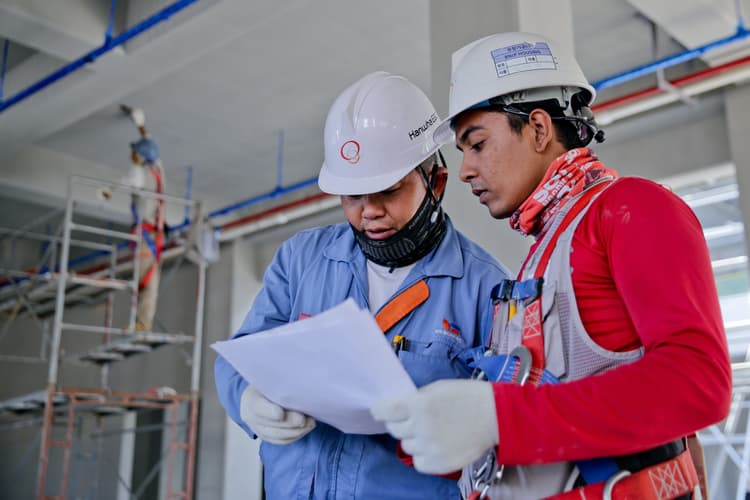
Integrate Energy Management Systems in pulp and paper mills
Integrating the ISO 50001 Energy Management System leads to significant GHG emissions reductions and cost savings.

Optimize chiller efficiency with artificial intelligence
Improved chiller efficiency at the Olympian City 3 shopping mall in Hong Kong by harnessing artificial intelligence (AI), reducing energy used and related costs
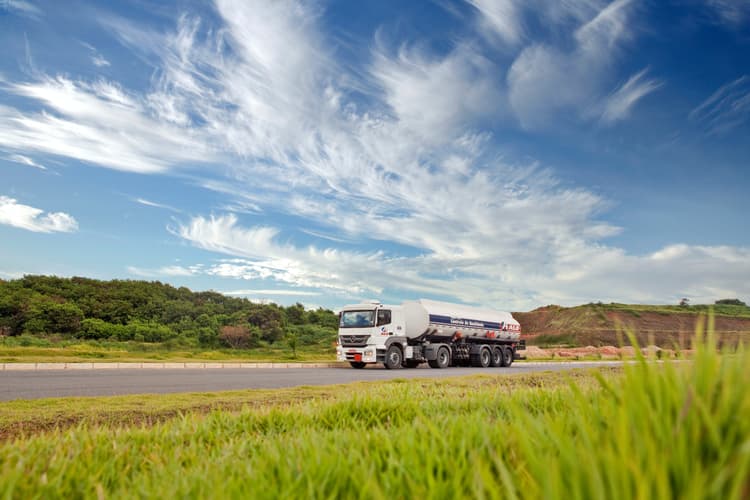
Switch from ICE to FC trucks in transportation
Switching to fuel cell electric vehicles (FCEVs) from internal combustion engines (ICEs) could lower direct fuel combustion emissions from fossil fuels

Redesigning the value chain and sourcing strategies
To meet emissions targets and decarbonize at scale, companies need to pursue innovative business models and technologies, and transform their value chains for sustainability.
 BCG
BCG
Prioritize decarbonization levers using MACCs
Decarbonization lever deployment should be prioritized by cost and abatement impact, and non-financial considerations in line with organizational goals.
 BCG
BCG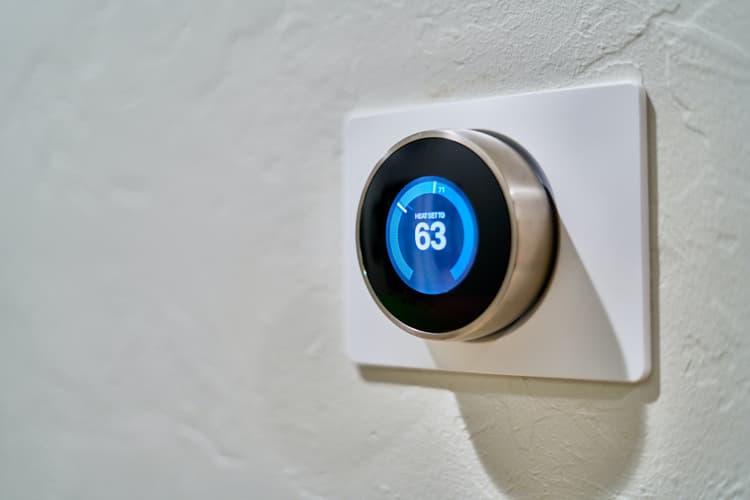
Use energy management systems to enhance building efficiency
Energy management systems optimize the operations and maintenance of energy assets in buildings, allowing energy savings of around 10-15% and emissions reductions
 BCG
BCG
Use regenerative practices to reduce agricultural emissions
Regenerative agriculture uses a combination of various sustainable farming techniques to capture GHGs in soil while improving soil health, crop yields, and biodiversity
 BCG
BCG
Adopt an internal carbon price to drive decarbonization
Drive your decarbonization by setting an internal charge on the carbon emitted, enabling a direct linkage of the low-carbon transition to the business strategy

Promote the adoption of wood products in construction
Using sustainably sourced wood products in construction can mitigate GHG emissions from the built environment while providing other benefits such as ease of installation.
 Forest Solutions Group
Forest Solutions Group
Design Climate Transition Plans – An Overview
Actionable climate transition planning must be integrated into broader corporate strategy and backed by robust roadmaps that are underpinned by value creation.
 BCG
BCG
Use nature-based solutions as part of Net Zero action
Companies can both decarbonize land use sector activities and contribute to global Net Zero through investing in nature-based solutions

Use a simplified lease program for renewable energy
Cathay Life will purchase renewable energy on behalf of its tenants and redistribute it based on clients’ RE100 annual goal
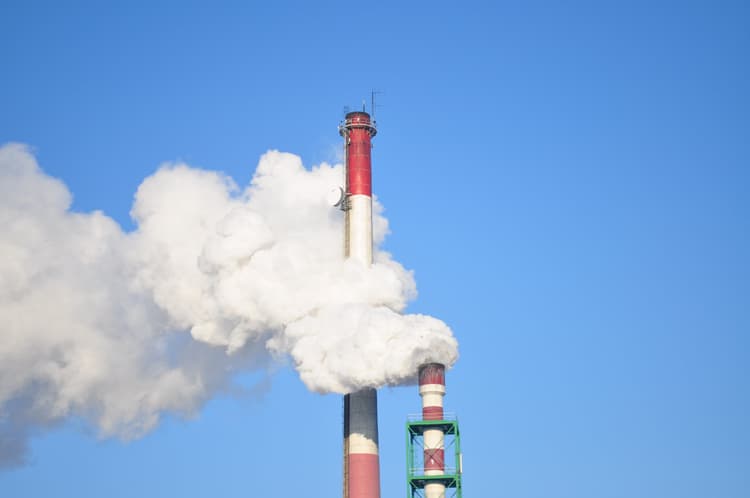
Integrate carbon dioxide removal into climate strategies
Develop responsible carbon dioxide removal (CDR) investment strategies to maximize climate impact and broader sustainability goals and minimize risk.

Develop in-house web-based tools to calculate CO2 footprint
Şekerbank developed an automatic digital system to monitor its carbon and water footprints, and customers can also have their emissions calculated using the application

Silviculture to maintain and enhance forest carbon sinks
The impacts of climate change on forest health and productivity are constantly evolving. Weyerhaeuser manages their forests to ensure they remain part of the climate solution
 Weyerhaeuser Company
Weyerhaeuser Company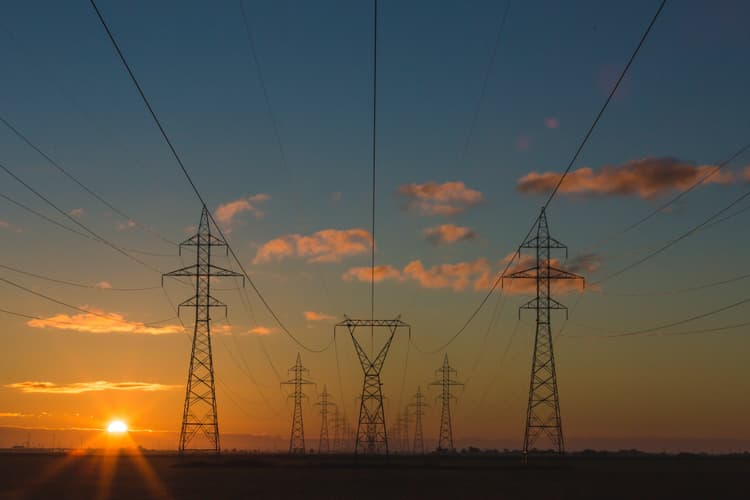
Set sustainable energy management standards
Setting sustainable energy management standards to drive the implementation of renewable energy strategies all over the company's operations
 Philips
Philips
Switch to electric/hybrid heat pumps in buildings
The use of electric or hybrid heat pumps is becoming more competitive economically in recent years and can accelerate the process of decarbonization.

Use efficient packaging to reduce food waste
Packaging can reduce food waste by extending shelf life and preventing contamination. However, packaging strategies should be carefully designed to minimize waste and emissions.
 The Carbon Trust
The Carbon Trust
Change product standard requirements to reduce food waste
Large volumes of food are discarded because they don’t meet aesthetic standards. Changing product standards could reduce food waste, associated emissions, and financial losses.
 The Carbon Trust
The Carbon Trust
Building partnerships through alliances and co-investments
Partnerships help solve multiple supplier decarbonization challenges. When selecting partners, consider who to work with, what issues to target, and how to ensure effectiveness.
 BCG
BCG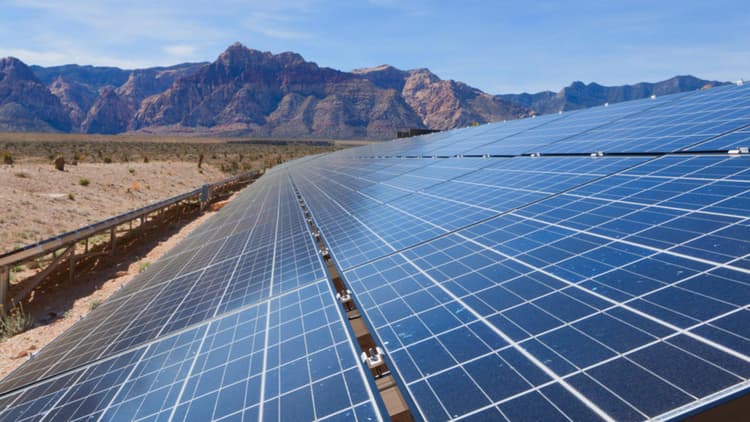
Source renewable electricity with PPA
Power Purchase Agreements (PPA) enable companies to source renewable electricity and achieve operational cost savings without upfront investments.

Sustainability Linked Instrument with corporate & local KPIs
ACCIONA creates financing instruments that are subject to clear and transparent criteria, pursue economic and sustainable/green objectives, and deliver additional local impact

Adopt heat recovery technologies in the pulp mill
Adopting heat recovery technologies in the pulpmill can increase efficiency of operations, recovering waste generated as a by-product of the pulping and papermaking process.
 Forest Solutions Group
Forest Solutions Group
Shift from gas or coal to electric industrial furnaces
The decreased cost of electrical equipment and increased energy efficiency grows opportunites for electrictrifying industries, enabling a reduction in GHG emissions

Design low-carbon products with circular economy principles
Design low carbon products by incorporating circular economy principles into product design focusing on eco-friendly materials & energy efficiency.
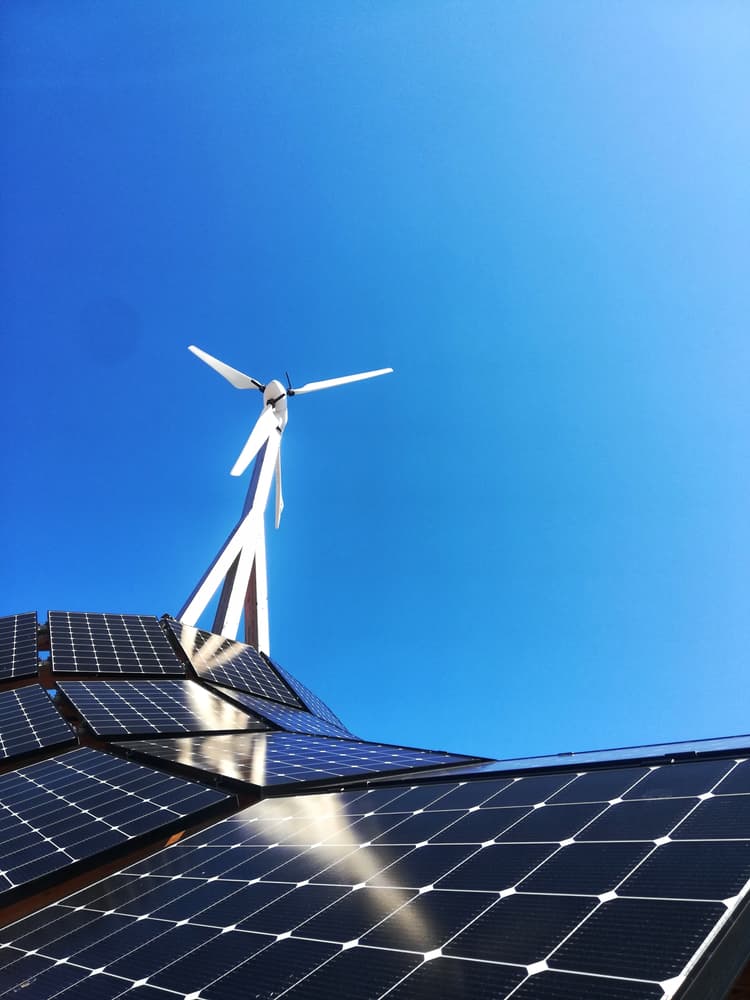
Harness PPA for renewable electricity
Using Power Purchase Agreements (PPAs) to achieve 100% renewable electricity goal, through collective efforts with other businesses to support renewable projects
 Philips
Philips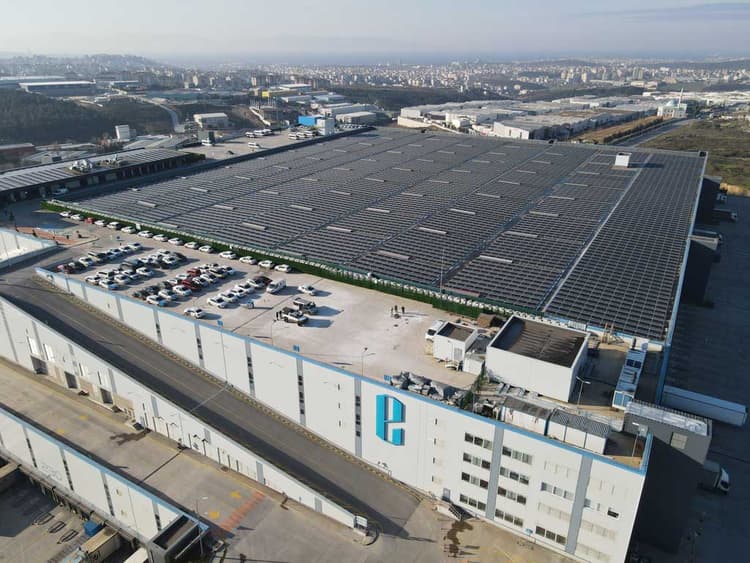
Invest in solar power for affordable and clean energy supply
Companies can develop rooftop solar power infrastructure to cut emissions and achieve energy independence
 Ekol Logistics
Ekol Logistics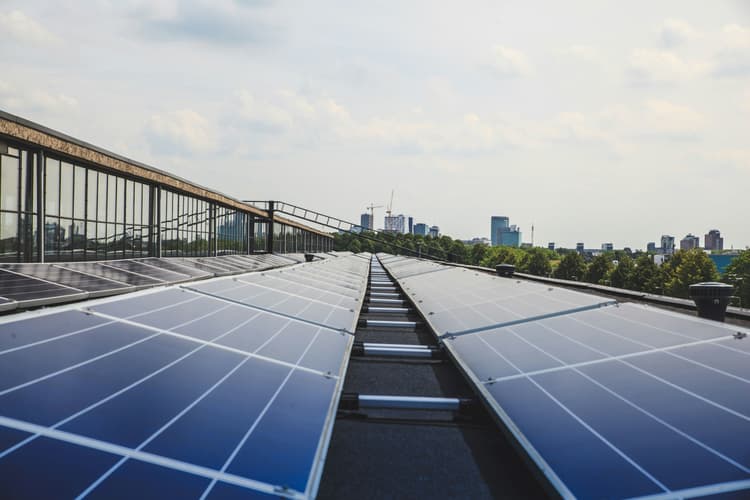
Using renewable energy through distributed generation
Neutralizing GHG emissions from Iguá's electrical matrix using renewable energy from distributed generation.

